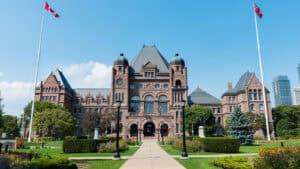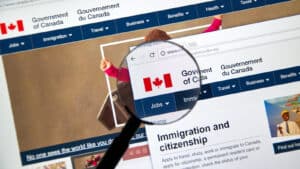There could be various circumstances where victims do not report abuse to the authorities. There could also be situations where the authorities have little evidence to substantiate abuse.
- The Barriers to a Victim Escaping an Abusive Relationship: These include the victim’s:
- Belief that staying is best for the children, or fear of losing custody of children
- Lack of employment skills
- Financial dependency on the abuser
- Inability to afford legal assistance
- Fear of court system intervention
- Isolation from social or family connections
- Attempts at change in the hopes that the abuse will stop
- Belief in the abuser’s expressions of remorse and promise to change
- Lacks of self-confidence needed for leaving the abuser
- Lack of trust in the criminal justice system
- Belief in the maintenance of family honour and,
- Fear of abandonment by the victim’s family or potential for violence from the family if the victim leaves
- The Barriers Specific to Recent Immigrants: These include the victim’s:
- Feelings of loneliness, fear or troubles in talking with or relating to Canadians, or be overcome with fear
- Religious and cultural constraints
- Lack of knowledge of Canadian laws, rights or support services available
- Poor language skills, which make it difficult for immigrants to navigate the legal system and to access services
- Fear of threats of deportation by their sponsor or threats of withdrawal of sponsorship of family members and,
- Fear of police involvement due to past experiences with police in their home countries, especially where police are symbols of human rights violations
- Belief in the maintenance of family and community honour
- Reasons for Non-disclosure of Abuse by the Victims: These include:
- Circumstances like:
- Age or development stage (especially for young children)
- Physical frailty or disability
- Barriers like literacy levels, language barriers or cultural impediments etc.
- Geographic or social isolation
- Dependency on the perpetrator – whether financially, physically or emotionally and,
- Social pressure
- Feelings and beliefs that:
- They would not be believed
- They or their family would be rejected or stigmatized
- Their sexual identity would be questioned
- They or the abuser would be removed from the home
- They would no longer be allowed to have contact with their parents or children
- They would be abandoned or institutionalized
- They would lose custody of, or access to, their children
- The abuser could harm them
- The abuser could change and therefore, protecting or shielding the abuser
- About family, relationships and child-rearing that emphasise privacy and condone the use of physical punishment
- Influenced by gender role beliefs that support inequality and violence in relationships
- The child welfare authorities or the criminal justice system would not be able to help or protect them and,
- The child welfare authorities could break up their family
- The Lack of Knowledge where:
- The victims might not know how to report abuse and,
- The victims could fear the repercussions of making a report
- Reasons for Non-disclosure of Abuse by People who Witness or Suspect Abuse: These include:
- Circumstances like their dependence on the perpetrator
- Concerns about becoming involved where people fear that:
- It would consume too much time or energy to report abuse
- They would not be able to cope with the repercussions of becoming involved in the situation by reporting it
- They would cause their family and relatives shame and stigma by reporting the abuse
- Feelings and beliefs where:
- They might not believe that the perpetrator has been abusing the victim
- They believe that no appropriate services could help the victim
- They do not want the authorities to remove the victim or the perpetrator from the home
- They might not believe that reporting the abuse would be in the victim’s best interest
- They might want to protect the family’s honour and privacy by not reporting the abuse and,
- They might mistakenly believe that physical punishment is not abusive
- A lack of knowledge and understanding where:
- They might not know about the signs of abuse
- They might harbour mistaken beliefs that the abuse is not serious, if they cannot see visible or serious injuries
- They might not know about their responsibility to report abuse
- They might not know that they could report the abuse:
- Without being identified and,
- Without any legal consequences (unless the report is false or malicious in nature)
Source: Citizenship and Immigration
Advertisement






